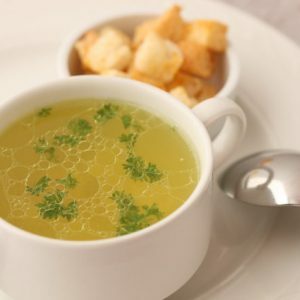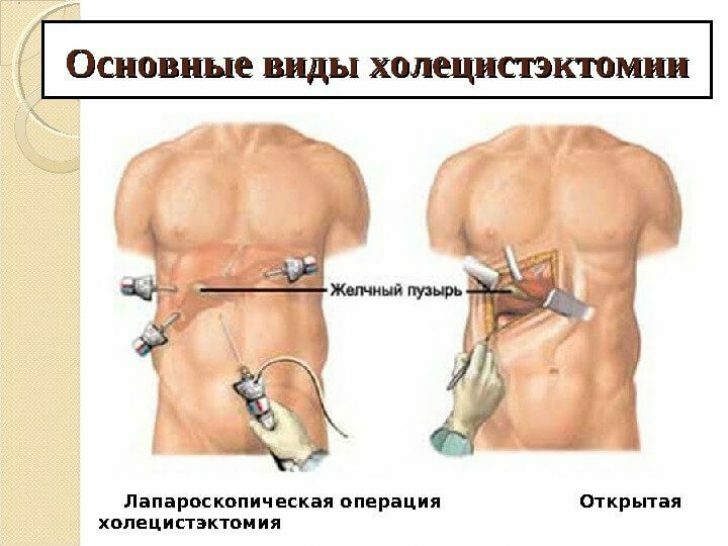Potatoes: good and bad
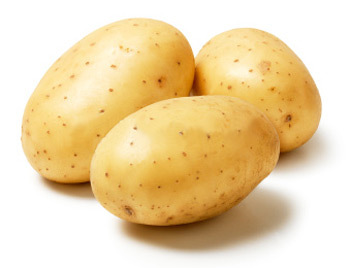
Now, potatoes are the main dish in every family( with rare exceptions), and relatively recently it was not generally perceived by Europeans and Asians as an edible tuber - they were so afraid of poisoning that they basically did not want to cook.
Cultivation of potatoes began 8 thousand years ago in Bolivia, and now it is possible to meet the wild species of this plant.Then the potatoes got to Europe - it happened only in 1551.Interestingly, the Incas in general used these tubers as a definition of time - and they said "it will take as long as it takes to cook potatoes"( in their understanding this was 1 hour).
Well, the story that Peter 1 literally forced to grow and distribute potatoes in the provinces of Russia, many know - this is a historical fact.Yes, this plant has done a great and difficult journey to our table, but now potatoes are an integral part of the daily menu.
potato chemical composition, its nutritional value
Nutritional value of 100 g:
- Caloric content: 77 kcal Protein
- 2 c
- Fat: 0.4 g
- Carbohydrate: 16.3 g
Show the whole list »
- Dietary fiber: 1.4 g
- Organic acids: 0.2 g
- Water: 78.6 g
- Unsaturated fatty acids: 0.1 g
- Mono and disaccharides: 1, 3 g
- Starch: 15 g
- Ash: 1,1 gr
- Saturated fatty acids: 0.1 g
Poppyoelementy:
- Calcium 10 mg
- Magnesium 23 mg
- Sodium 5 mg
- Potassium 568 mg
- Phosphorus 58 mg
- Chloro: 58mg
- Sera: 32 mg
Vitamins:
- Vitamin PP: 1.3 mg
- Beta-carotene: 0.02 mg
- Vitamin A( RE): 3 μg
- Vitamin B1( thiamine): 0.12 mg
- Vitamin B2riboflavin) 0.07 mg
- Vitamin B5( pantothenic): 0.3 mg
- Vitamin B6( pyridoxine) 0.3 mg
- Vitamin B9( folic): 8
- mcg Vitamin C: 20 mg
- Vitamin E( TE) 0.1 mg
- Vitamin H( biotin): 0.1 ug
- Vitamin PP( niacin equivalent): 1.8 mg
Microelements:
- Iron: 0.9 mg
- zinc: 0.36 mg Iodine
- 5
- Copper mcg 140 mcg
- Manganese: 0.17 mg
- Selenium 0.3 mcg
- Chromium 10 mcg
- Fluoride 30 ug
- Molybdenum:8. mu.g
- Boron: 115 ug
- Vanadium: 149 mcg Cobalt
- 5 ug
- Lithium: 77 ug
- Aluminum: 860 mcg Nickel
- 5 ug
- Rubidium: 500 ug
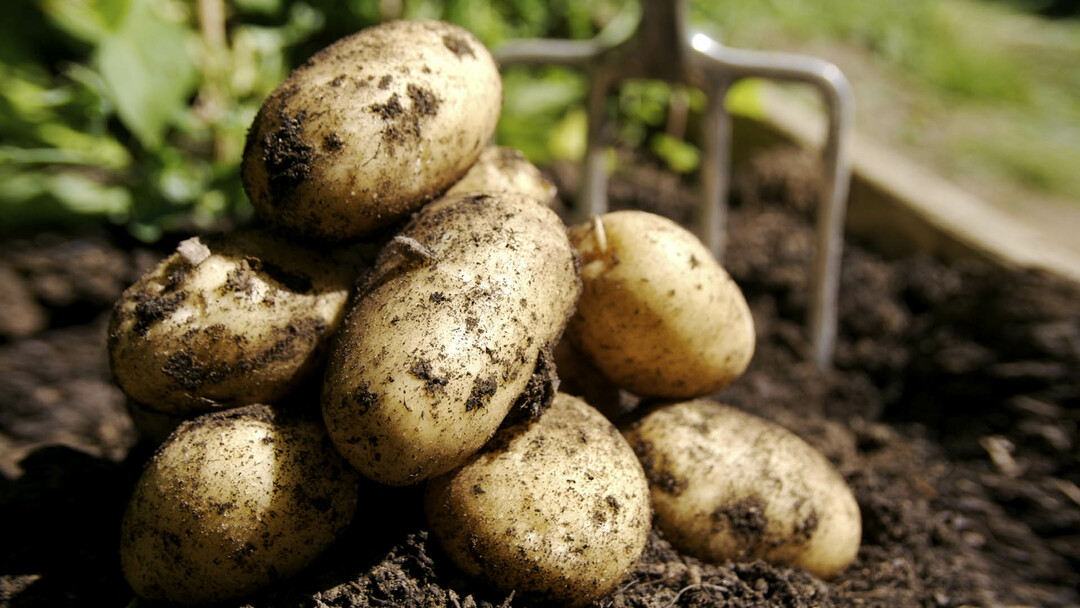 Potato refers to a fairly high-calorie product, and its chemical composition is filled with carbohydrates - that is why tubers rarely form the basis of dietary nutrition.But it should be understood that specifically for weight loss this vegetable is not good, but the diet during treatment of various diseases of the gastrointestinal tract, on the contrary, is based on the use of potatoes.
Potato refers to a fairly high-calorie product, and its chemical composition is filled with carbohydrates - that is why tubers rarely form the basis of dietary nutrition.But it should be understood that specifically for weight loss this vegetable is not good, but the diet during treatment of various diseases of the gastrointestinal tract, on the contrary, is based on the use of potatoes.
In the tubers of this plant contain almost all the amino acids - eating 300 grams of potato per day, a person provides the body with the necessary amount of phosphorus and potassium.It is found in the composition of the product and vitamin C, however, its greatest concentration falls on a new crop, and by the spring( after months of storage), only 1/3 of vitamin C. remains
. In addition, the potato is rich in mineral substances - iron, Zinc, copper, sulfur, sodium, calcium, cobalt and others.
The use of potatoes
Doctors claim that potatoes are a dietary product, it can be consumed by people with different diseases. For example, it is the product in question that should become the main food in people with diagnosed :
- with diabetes mellitus;
- with gastritis of acute and chronic form, with reduced or increased acidity of gastric juice;
- by arthritis of all kinds;
- with any disorders / disorders of the digestive system.
Potato is rich in fiber, so it can be safely classified as a preventive tool - it helps to prevent the development of disorders in the intestine, relieves a person from constipation.
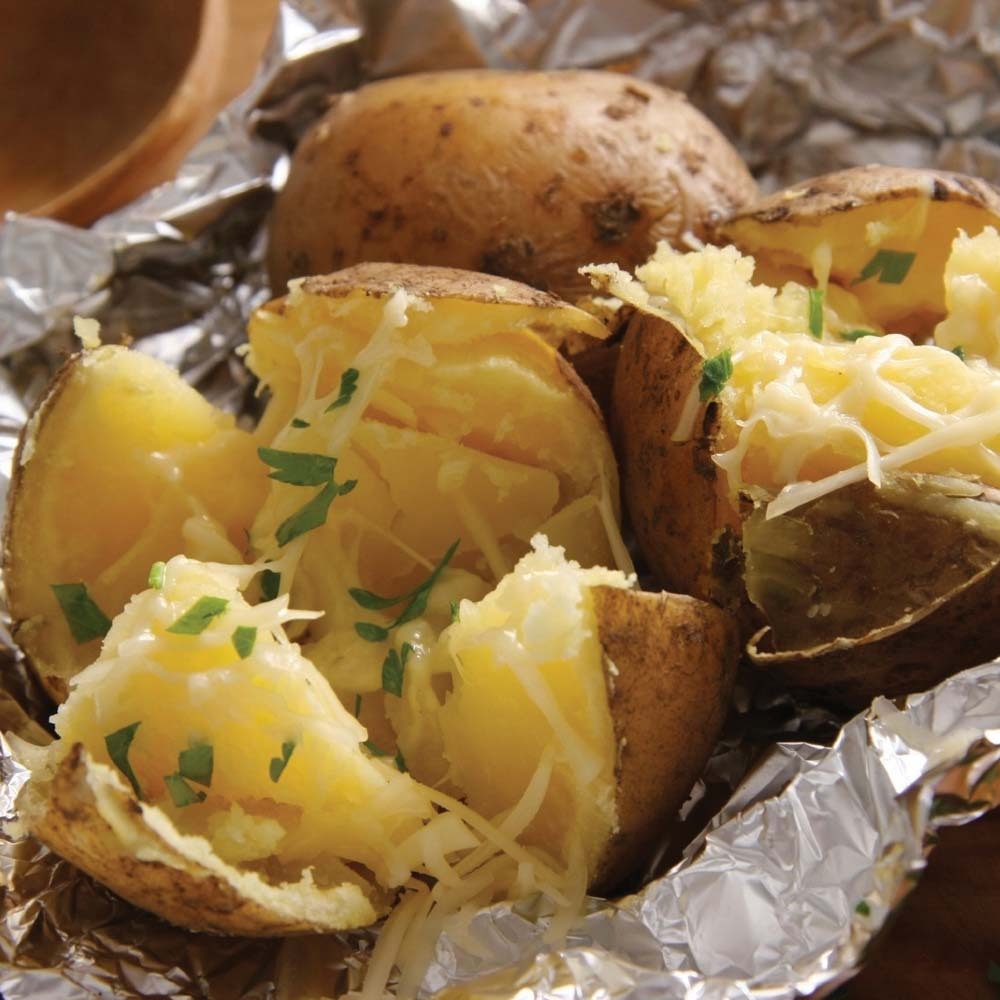 It is known for sure that the product in question contains a lot of potassium - this is the most important element that has a beneficial effect on the work of the cardiovascular system.However, doctors recommend to use it in the liver form - so the potassium remains the maximum amount.
It is known for sure that the product in question contains a lot of potassium - this is the most important element that has a beneficial effect on the work of the cardiovascular system.However, doctors recommend to use it in the liver form - so the potassium remains the maximum amount.
Please note: has the largest amount of vitamins and minerals in the potato peel, therefore it is better to use the tuber of a new crop with it.A thin peel will not spoil the taste of the dish, but the benefits to the body will be great - some scientists say that the peel contains a substance that actively affects the potency, of course, positively.
Very good potato helps with healing of small wounds and burns - the product has bactericidal properties.It is enough just to grate the potatoes( or grind them in a blender) and apply to a sore spot - after 5-7 procedures( 3 per day), a positive result will already be seen.
Potato juice
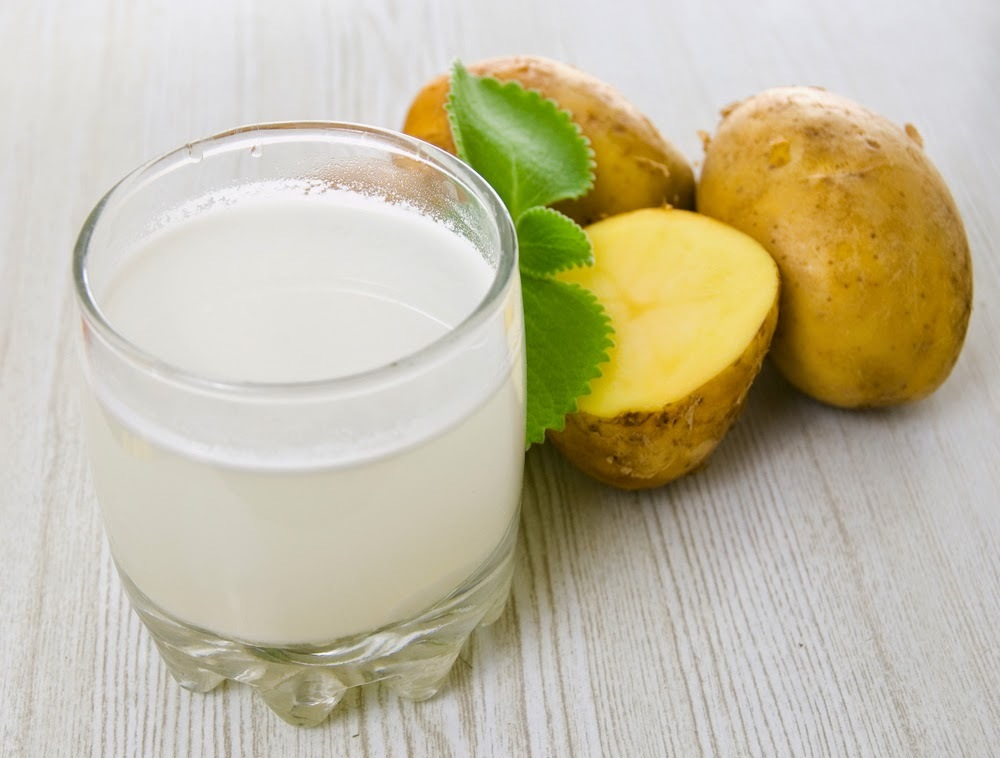
This derivative of the product in question is highly revered by folk healers, and some results of treatment with potato juice were adopted by the doctors of official medicine. In which cases juice from potato tubers will be by the way :
- heartburn, exacerbation of chronic gastritis, gastric ulcer in remission phase - enough to drink 200 ml of potato juice a day to get rid of unpleasant sensations;
- nervous irritation, unmotivated apathy, the onset of depression - will help to cope with these conditions potato juice, diluted with celery juice( 1: 1 ratio);
- diarrhea, constipation, intestinal colic - a day it is recommended to take ¼ cup of the described agent;
- parodontosis, stomatitis - you need to rinse the oral cavity with potato juice every 30-50 minutes during the day, and the next day the patient will feel relief;
- pharyngitis, laryngitis - gargling with juice from potato tubers quickly removes inflammation.
Potato juice is considered an excellent cleanser - it is necessary to use it to those people who work in harmful production, are forced to take strong drugs for a long period.
Juice from the tubers of the plant in question is also used in cosmetology, however, at the level of people's councils - if you mix potato juice with honey and impose on the cleansed face, then after a couple of such procedures you can enjoy absolutely velvety, clean skin without acne and inflammatory processes.
Note: recently found that potato juice is useful for cancer.The fact is that in its composition were found substances that stop / prevent the development of cancer cells.Well, then - the juice can cleanse the body of toxins, which is useful in the recovery period after chemotherapy.
Damage to potatoes
Despite the huge benefits of potatoes, it is worthwhile to understand that even such an innocuous and well-known plant can be harmful to the body.For example, it is not recommended to consume potatoes with exacerbation of a previously diagnosed gastritis with a decreased acidity.And with caution, you need to introduce into the diet of potatoes to people with diabetes, chronic pancreatic diseases.
Features of the use of potatoes
How to choose the tubers of the plant in question is known to everyone - they should not be crumpled, with spots on the peel and damage.Do not buy potatoes with a peel of a green tint - the tuber already contains the poisonous substance solanine, which has an extremely negative impact on health in general.
Note: because the green color does not appear immediately in the congestion of solanine, doctors recommend limiting the use of potatoes to pregnant women - it is this poison that can provoke violations of the intrauterine development of the child.
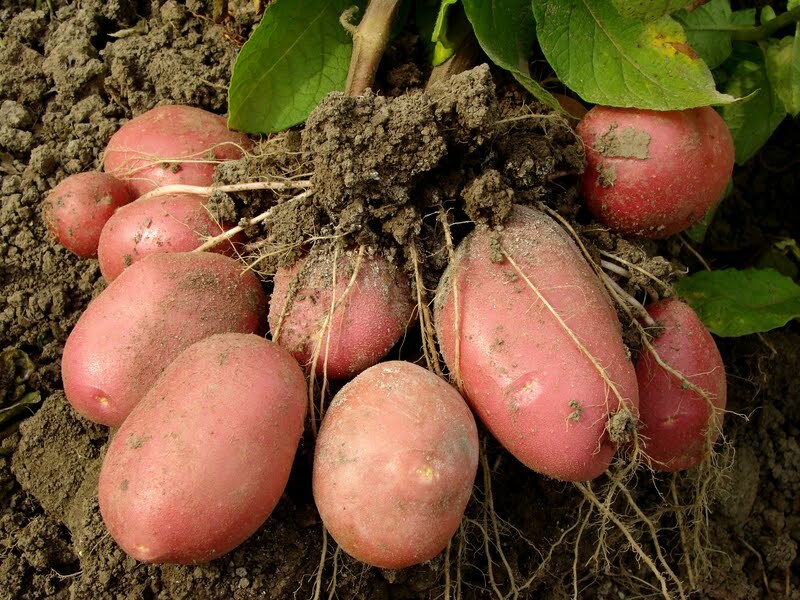 Potato juice should be prepared immediately before consumption, maximum storage - 5 minutes, until the healing drink will settle.As a prevention of the development of diseases, folk healers recommend consuming 100 ml of the food before meals once a day.Potato juice has a not very pleasant taste, so you can mix it with carrot, tomato juices, add honey to it - it will not only not reduce the use of the product, but will also strengthen it.
Potato juice should be prepared immediately before consumption, maximum storage - 5 minutes, until the healing drink will settle.As a prevention of the development of diseases, folk healers recommend consuming 100 ml of the food before meals once a day.Potato juice has a not very pleasant taste, so you can mix it with carrot, tomato juices, add honey to it - it will not only not reduce the use of the product, but will also strengthen it.
It is believed that the best choice for making juice will be pink tubers.And the time of treatment with this remedy is from July to February: the potatoes are still fresh and contain all the useful ingredients.The potato is an amazing plant.
He not only nourishes his fill, but also helps in the treatment of many chronic diseases, greatly facilitating the life of patients.

